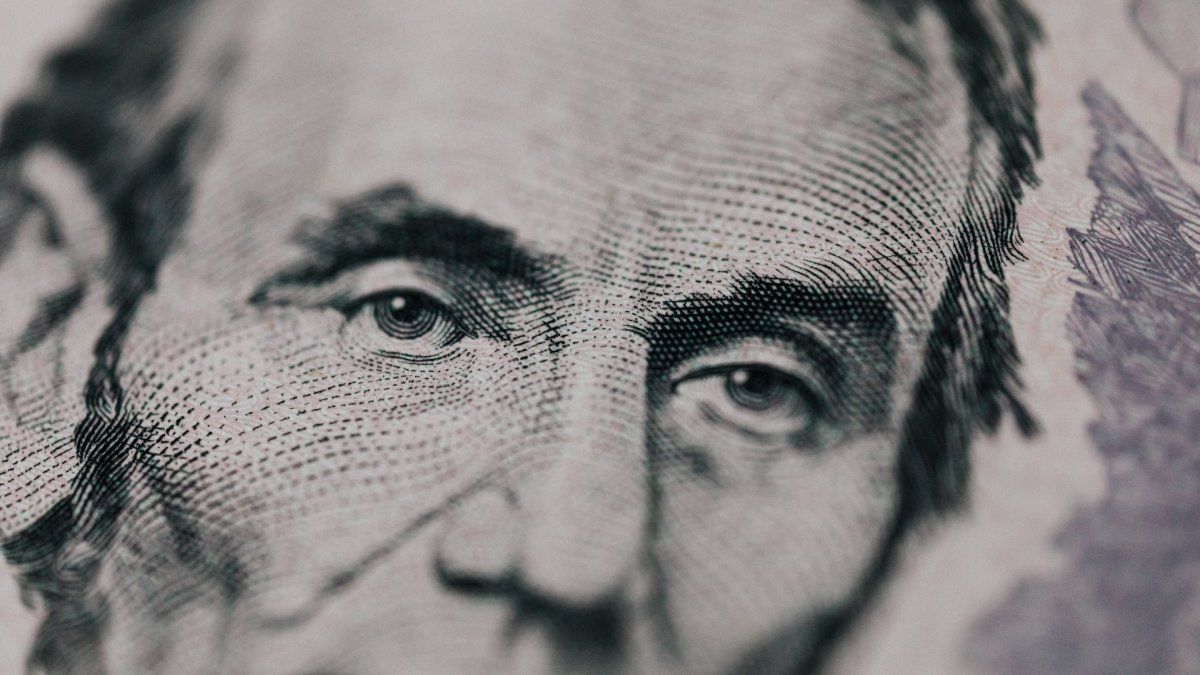“If the MEP closes at these levels with the blue below $380, the MEP in the area of $355, we are going to have a first two-month appreciation of nominal free dollars below inflation, maintaining the trend of the two previous years. Our forecast is that this will be maintained throughout the year, we are seeing an appreciation in the year of 13 and 15 points against inflation,” he commented in dialogue with Ámbito, Sergio Chouzaowner of the Sarandí Consulting.
In this context, heThe question for March refers to whether this exchange rate calm will be maintained at least until the arrival of the harvest. Most agree that although there are causes that will generate movement, the trend will probably be in the same line depending on the signals from the Government to the markets.
Bookings
One of the persistent doubts in the market regarding the booking goal to comply with the International Monetary Fund (IMF) already had a favorable resolution. This is the agreement that the Ministry of Economy has been carrying out with the organization to make the goal more flexible scheduled for 2023where from the Argentine side they insisted on the impact of the war and the drought as causes that prevented a greater accumulation of foreign currency.
However, the problem is far from being resolved. for the economist Elena Alonso“the drop in net reserves so far this year exceeds US$2.4 billion. Although there was no abrupt increase in financial exchange rates in February, it may be that this shortage of reserves will have an impact at some point, especially due to expectations. In this last variable, it is necessary to take into account what will happen to the soybean dollar, since, if implemented, it would contribute around US$1.3 billion, so it can be assumed that the exchange rates would not suffer big jumps”.
For Chouza, the Central Bank has freely available reserves at a floor of US$7,000 million “but it is still a considerable floor.”
Inflation
The Economist Andres Salinas mentioned inflation as one of the factors that can put pressure on the exchange rate: “the year began leaving behind the downward path of the inflation rates with which it closed 2022. January already registered a 6% rise in the CPI and everything It indicates that the data for February will be even higher, despite price controls, the stocks and some rates that are still frozen”.
“The issue here is that the increase in inflation generates a greater incentive to become dollarized, which ends up exerting pressure on the exchange rate. Although the government is concerned about inflation, the measures being carried out are not having the desired effectiveness. Then, new developments in this area are to be expected and it remains to analyze the effectiveness and acceptance of new measures by the market, which will be reflected in the demand for dollars”, he described.
Fiscal deficit
For his part, the economist adds that fiscal discipline will also be another factor to take into account. “Although some fiscal adjustment measures were carried out, We are in an electoral year and in general they are characterized by an increase in public spending (for example, an increase in public works) not a reduction in it. Therefore, the adjustment may be interrupted if the government sees that it begins to take away its electoral chances. If the market sees that the direction of the current fiscal policy moves away from the agreed one, this could lead to greater pressure on financial dollars, which would lead to an increase in the exchange rate gap”.
Could there be a jump in the dollar before the harvest?
As usually happens every year, the first foreign exchange earnings from the coarse harvest begin to arrive at the end of March. One of the unknowns was whether the parallel dollars during March will wait for the first currencies to arrive and remain stable like this month or will have an upward trend. In this sense, Salinas argued: “There shouldn’t be any salgo before the harvest as long as the situation with the drought doesn’t get too bad and I don’t know of any unusual political/economic events that cause mistrust in the market.”
Finally, Alonso points out that the restrictions on companies’ access to the MEP or CCL dollar and their effect on the exchange market continue to be an important factor. “These limitations help to stop the demand for dollars, so that they are not so demanded and that their correction is more gradual.”
the price of the dollar
Finally, Chouza pointed out that the interest rate “continues to be very high and it is not an interest rate that invites leverage and not run towards the dollars.” However, he points out that the price of the dollar makes it start to become “very complex from a financial point of view.”
“The agents are going to begin to speculate with the exit of this regime of traps. If it will come out immediately or gradually. but all the candidates speak of an exit scheme. When that success is perfected, the equilibrium conditions will never be the highest prices. Argentina is not worth $380 per dollar because we would be in a 2005 scenario, and the economy is not like it was in 2005. So It seems to me that more and more players participating in the peso market are beginning to see that there is not much of a real devaluation left, beyond inflation.. I also think that she can continue to put a stop to it ”.
Source: Ambito




